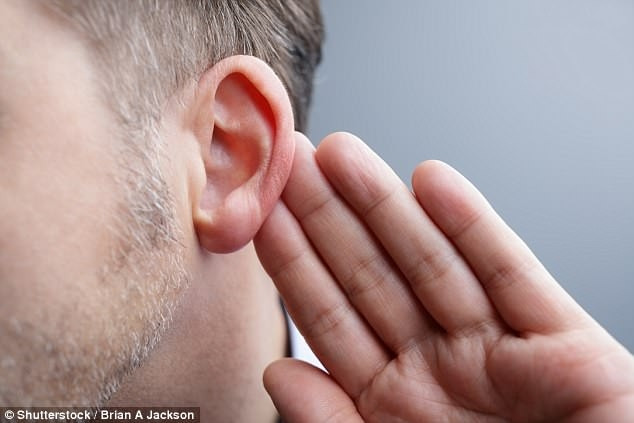The new method of transferring medicine to the cochlea helps to restore hearing
The new method of giving medicine to the cochlea helps restore damaged ear hair, regenerate synapses to treat hearing loss.
According to research results published in Bioconjugate Chemistry, scientists for a long time have tried to find ways to restore hearing to people with hearing impairment.

Due to damage to slender hair cells in the cochlea developed by hearing loss - (Photo: Shutterstock).
Recently, experts at the University of Southern California and Harvard University, USA, have realized how to repair damaged cells in the inner ear. This finding was done in laboratory experiments with animal tissue.
It is known that hair cells in the cochlea are extremely slender, gradually deteriorating over time, which can lead to hearing loss. The main problem is that any soluble drug used to restore hair cells is washed away by the liquid in the ear. However, researchers have realized how to solve this problem. The researchers created a new way to bring the drug to the cochlea, an inner ear structure that receives sound in the form of vibrations.
Thanks to a new drug delivery method, synapses have been recreated, leading to the recovery of hair cells and neurons. Scientists used a combination of 7,8-Dihydroxyflavone (7,8-DHF) , simulating an important protein for body growth and bisphosphonate (a drug that reduces osteoporosis) that sticks to the bone. Experts hope that the new method will help deaf people.
Professor McKenna and colleagues believe that they will soon conduct tests on the hearing impaired. Meanwhile, an Italian study found that hearing problems can be a warning sign of dementia in the elderly.
- Hair cells help restore hearing
- Unexpected method to help treat hearing loss
- Breakthrough in the treatment of hearing loss by gene therapy
- Can chicken cure deafness itself?
- The low hearing frequency is related to the cochlea shape
- Learn how to breed pigs to improve people's hearing
- Russian doctors give me poetry of life sounds
- New hearing aid device
- The device helps the hearing impaired to use the tongue to 'hear' the sound
- How to bathe in traditional Indian medicine helps to restore muscle and improve skin
- Restore brain activity by reducing pain
- Coming with a cochlear implant
 Green tea cleans teeth better than mouthwash?
Green tea cleans teeth better than mouthwash? Death kiss: This is why you should not let anyone kiss your baby's lips
Death kiss: This is why you should not let anyone kiss your baby's lips What is salmonellosis?
What is salmonellosis? Caution should be exercised when using aloe vera through eating and drinking
Caution should be exercised when using aloe vera through eating and drinking Why was the composer Beethoven deaf?
Why was the composer Beethoven deaf?  Science step by step deciphers the phenomenon of hearing 'sounds from the dead'
Science step by step deciphers the phenomenon of hearing 'sounds from the dead'  Hearing aids control thinking
Hearing aids control thinking  Hearing aids controlled by world first thought
Hearing aids controlled by world first thought  Vitamins and minerals prevent hearing loss?
Vitamins and minerals prevent hearing loss?  The low hearing frequency is related to the cochlea shape
The low hearing frequency is related to the cochlea shape 